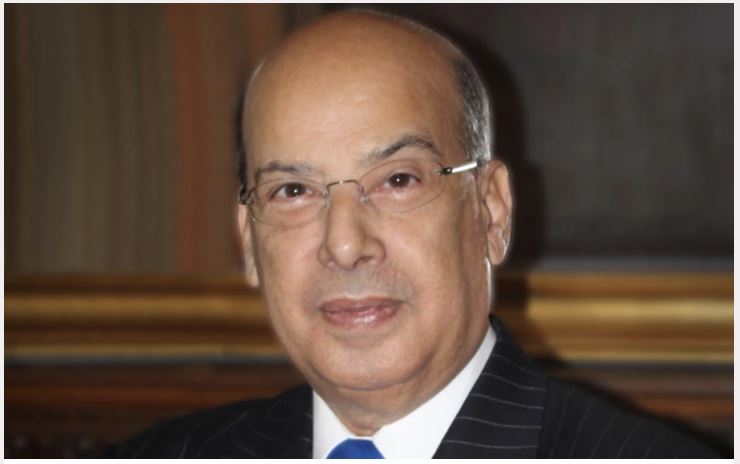by Dizzanne Billy – CNS Contributor
Aug 12 2015 – One does not have to be a climatologist to discern the pending tragedy.
In Trinidad, only 10 millimeters of rain fell during the month of January 2015, compared to the expected average of 71 millimeters. In June 2015, Tobago faced a water shortage so severe that tourists left the island and some guest-house owners resorted to using pool water to flush the toilets.
The Caribbean region is being hit by its worst drought in five years. Crops are perishing, entire riverbeds are becoming visible, livestock is dying, and reservoirs are drying up. Much like the citizens of Isla Nublar, we should be scared out of our minds. We are not being pursued by dinosaurs but climate change impacts are definitely baring their teeth. If you choose to deny this, take into consideration the fact that 61 people in Egypt died over a period of just three days due to a scorching 47 degrees celsius heatwave.
The reality is that due to our anthropogenic failures we are at the mercy of climate change.
Thanks to climate-induced El Niño’s wrath, our reality will not get better anytime soon. During El Niño 2010, Trinidad and Tobago experienced what was declared “severe drought” conditions and we recorded about a quarter of expected rainfall. Heat-induced fires massacred the Trinity Hills, thick black smoke ushered forest animals to their demise, water reserves reached critical levels, crops failed nationwide, citizens suffered loss and damage due to flash flooding, and rain fell once for the entire month of March 2010! Once!
As you can imagine, any one of these would have a pretty big impact on the livelihood of people living here, let alone all of them. If this is what happens at just 0.8 degrees celsius, try imagining the state we will be in as the global atmospheric temperatures continue to soar.
According to Trinidad and Tobago Meteorological Services, El Niño is already present and the chance that it will continue for the remainder of 2015 is more than 90 percent. Added to this, AccuWeather’s Senior Meteorologist, Brett Anderson, has stated that El Niño 2015 will be one of the strongest El Niños of the past 50 years.
Is the health care system in the Caribbean ready for the fallout of such a prediction?
Something needs to be done.
With such dire predictions in sight, the path ahead does not look easy for policy makers across the Caribbean.
Caribbean countries need to prioritise climate change action, if for nothing but the sake of our health. Drought is a harbinger of far reaching health implications. It increases infectious diseases as decreased rainfall encourages pollution of groundwater and surface water by viruses and bacteria and it quickens the spread of acute respiratory and gastrointestinal illnesses. Drought also contaminates air quality, posing a critical issue for healthcare institutions which are in some cases underfunded and ill-equipped.
There is growing awareness from the international medical establishment concerning the dire impacts that Climate Change is already having. In fact, it is the central theme of the The 2015 Lancet Commission on Health and Climate Change. According to Nick Watts, the head of the commission, “climate change has the potential to undermine the last 50 years of advancements in public health.”
President Obama has joined the world’s leading health experts to support this claim. He announced that the USA is ready to take “unprecedented action” to combat climate change as a health care need. He believes as I, that “no challenge poses a greater threat to our future and future generations than a change in climate”. According to health experts across America, his plan to reduce pollution from coal-fired plants will actively prevent 3,600 premature deaths, lead to 90,000 fewer asthma attacks in children, and prevent 300,000 missed work and school days.
Will CARICOM leaders do the same?
The Lancet report states that “tackling climate change could be the greatest global health opportunity of the 21st century.” As such, it is critical that we develop and implement climate policies with healthcare at the core. As we know, healthcare in Trinidad and Tobago has a long way to go, however, if the leaders genuinely desire to build a country which offers modernised healthcare; a country where the air, land, and water is not toxic but instead sustains the health of the population, then emphasis may need to be placed on climate change action to make significant positive impacts.
Call me dramatic, but do you want a dystopian future where children do not know the pleasure of bathing in a lake or a river? Will we be looking to each other and asking, where have all the raindrops gone?
(Dizzanne Billy, 24, operates in the role of President of the Caribbean Youth Environment Network (CYEN) in Trinidad and Tobago, where she works in the areas of education and public awareness with regard to environment and development issues. She is a climate tracker with Adopt-A-Negotiator and a young advocate for climate change action).
Photo credit: ECECHO


